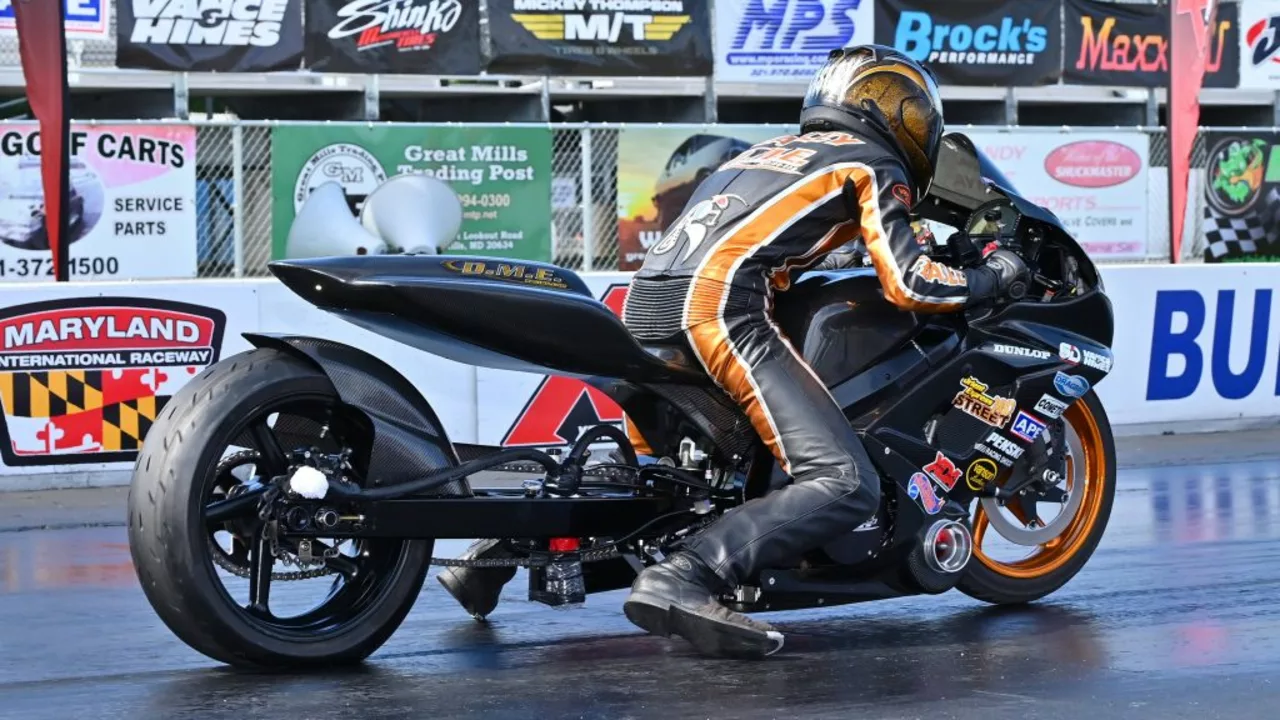Motorcycle Drag Racing: The Fast‑Track Guide
If you love speed and love bikes, motorcycle drag racing is the sport that hits both. It’s a straight‑line sprint where a rider launches a bike from a start line to the finish line in just a few seconds. The adrenaline rush, the roar of the engine, and the smell of burnt rubber make it addictive. In this guide we’ll show you how to get into the sport, what gear you need, and where to find the best events.
Getting Started on the Drag Strip
First thing you need is a bike built for drag. Most riders use a lightweight sport bike or a specially built drag bike with a big engine, wide rear tire, and a good exhaust. A good starting point is a bike you already own and then add a few upgrades: a race‑tuned exhaust, a high‑performance air filter, and a launch‑control system if your bike supports it. Don’t forget a good set of drag slicks – the softer the tire, the better grip you’ll get during the launch.
Safety is a must. A full‑face helmet, a back protector, and reinforced gloves protect you if anything goes wrong. Many tracks also require a roll cage on the bike, especially for the fastest classes. Talk to the track officials before you show up – they’ll tell you what the safety rules are and what paperwork you need.
Practice your launch technique. The key to a good run is a steady clutch release and a quick shift into first gear. Most riders use a “heel‑and‑toe” method to keep the bike stable while launching. Spend time at the practice area, watch the timing lights, and adjust your timing until you get consistent quarter‑mile times.
Top Events and Classes to Watch
Racing season runs year‑round, but the biggest gatherings happen in the summer months. In the UK, the famous “British Drag Bike Championship” visits tracks like Santa Pod and the RAF West Raynham. These events feature several classes: the Pro Stock, where bikes stay close to stock specifications, and the Open class, where riders can run big‑bore engines and crazy modifications.
If you’re new, start by attending a local club meet. Clubs often run “run‑and‑stop” days where you can try a timed run without the pressure of a full race. Watching the pros also helps – you’ll see how they line up, how they manage the burnout, and how they control the bike mid‑run.
Don’t forget the online community. Forums, YouTube channels, and Instagram accounts dedicated to motorcycle drag racing share setup tips, timing data, and event updates. Follow a few of them to stay on top of the latest gear and track news.
In short, motorcycle drag racing is all about good preparation, solid safety gear, and hitting the strip with the right bike set‑up. Grab a bike, get the basics down, and head to a local event – the thrill of seeing your bike cross the finish line in under five seconds is worth every minute of work.
How does a gear shifter work in motorcycle drag racing?
In the exhilarating world of motorcycle drag racing, the gear shifter plays a pivotal role. It's designed to enable swift and efficient gear changes, maximizing power output from the engine. This is usually achieved through a quick-shifter system, which allows the rider to shift gears without using the clutch or easing off the throttle. The system can be mechanical or electronic and works by momentarily interrupting the engine's power. This results in faster acceleration times, making it a crucial element for any competitive drag racer.
